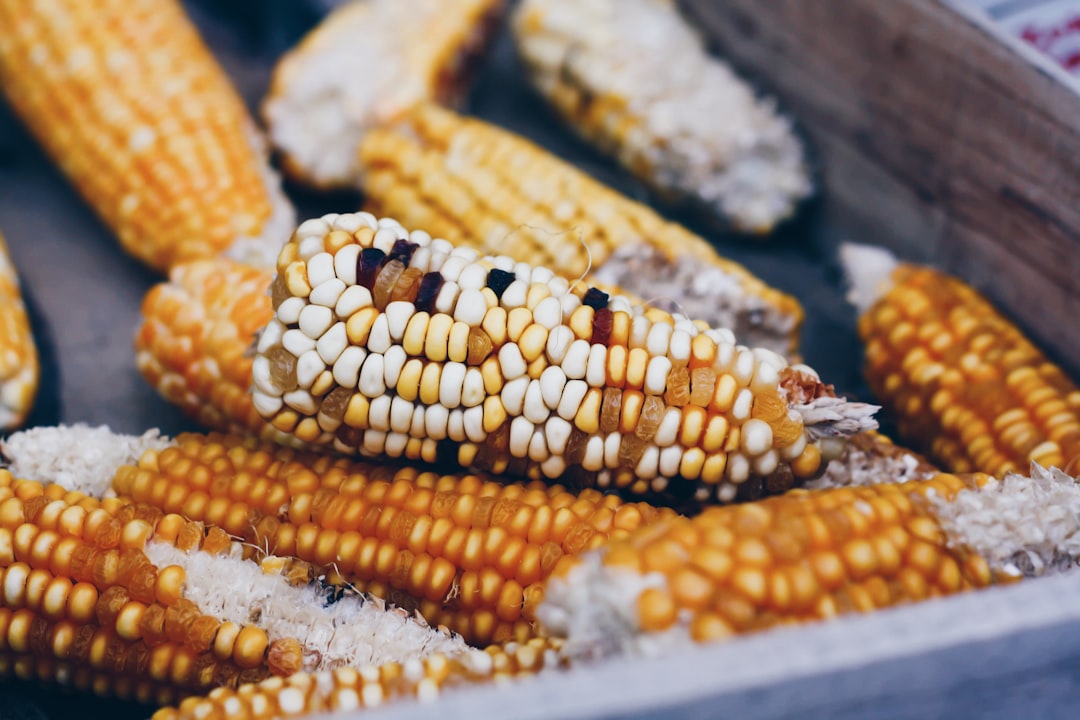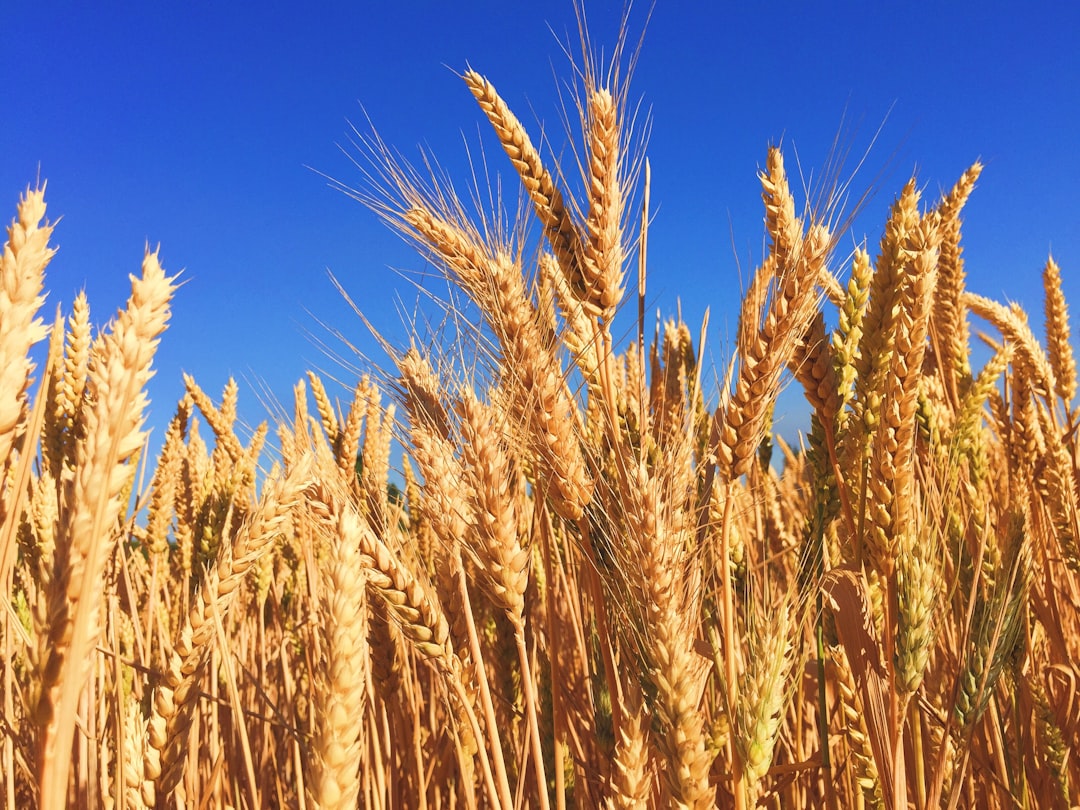What is it about?
The study results indicated that GGE-biplot method could efficiently be used to group bunt disease-resistant genotypes. Based on the present results, among the genotypes, 19 pure lines identified as the most resistant to bunt disease were transferred to resistance breeding programmes.
Featured Image
Why is it important?
PC1 and PC2 of the GGE-biplot graph created over the years explained 76.49% of the total variation. The GGE-biplot graph provided efficient identification of resistant genotypes. The lowest PC1 values and PC2 values close to 0.0 explained the resistance of pure line to bunt disease best.
Perspectives
The extensive usefulness of GGE biplot, where G = genotype effect and GE = genotype-by-environment effect, has been clarified. TheGGE biplot is a versatile tool for in plant breeding and quantitative genetic. the GGE-biplot methodology has been used to determine the stability of disease resistance through multilocation trials, to characterize and identify stability of germplasm, breeding lines and cultivars resistant to diseases.
Kadir Akan
Ahi Evran Universitesi
Read the Original
This page is a summary of: Assessment of the reactions of pure lines selected from Turkish bread wheat landraces against bunt disease (Tilletia foetida) with the GGE-biplot method, Plant Genetic Resources, February 2018, Cambridge University Press,
DOI: 10.1017/s1479262117000363.
You can read the full text:
Contributors
The following have contributed to this page










